How to teach a child to use a potty, 5 practical tips

How to recognize when a child is ready to use a potty?
Many parents of young children are looking for an answer to this question. It all depends on the individual predispositions of the child. During observation, changes in the child's behavior can be noticed. These should be paid special attention to. There is no one golden rule that indicates how and when to start teaching a child to use a potty.

Parental observation
Children develop at their own pace, and it is the parent's task to react appropriately to their behavior. The child will show on their own what they currently need and whether they are ready for the adventure with a potty.
First signs
During observation, the smallest changes in the child's behavior can be noticed. The first signs of readiness include interest in the toilet and everything that is in it, as well as what other people do in it.
See also: changing tables for babies
Verbal and non-verbal signals
This is another signal that may indicate the desire to use the toilet:
- some children express their desire to use the potty with words, it can be single words or short sentences
- gestures, pointing to a wet diaper and towards the toilet, bringing the potty
- dry diaper after a nap.
Which potty to choose?

Non-slip potty for children Cars Bisk
If the potty is attractive to the child, they may be more willing to use it. That's why it's important to choose it together with the child. There are many options available, but often the simplest solutions work best. Traditional ones with a suitable theme for a boy or a girl will also encourage them to use it.
Covers and platform  Non-slip toilet seat cover for children
Non-slip toilet seat cover for children

Non-slip platform for children
The next step in gaining independence in the bathroom is transitioning from a potty to a toilet. To ensure that the child feels safe and does not fear sitting on the toilet, it is worth using a cover and platform.
See more tips: Potty or toilet seat - what to choose for your child
How to teach your child to pee in the potty - practical tips
- Allow your child to play with the potty and get to know it through their senses: touch, sight. Familiarizing themselves with the potty helps the child get used to its presence in the house.
- When you notice your child's first interest in the toilet, you can start the adventure of teaching them to pee in the potty by talking to them and explaining what exactly is done in the toilet. Books or stories showing how to use different toilet devices can also be helpful. Preparing your child for changes reduces their fear of the unknown and gradually introduces them to a new reality. It is worth using books such as "Pucio wants to pee", "Kicia Kocia and Nunuś on the potty" or "Zuzia uses the potty".
- Knowing the daily routine helps the child get used to the actions they do in a certain order. Using the toilet at set times (in the morning, before a nap, and before meals) increases the child's awareness of the need to use toilet devices.
- Sitting on a potty in a diaper will allow the baby to get used to it. In the next stage, you can try to sit them without a diaper, but remember - don't force it! If the child gets scared, it will have the opposite effect of what is expected. A child who feels ready will sit on the potty by themselves.
- When the baby knows when to use the toilet, you can start encouraging them to use the potty. How to do it? By motivating them in different ways, for example:
- verbal praise
- giving them a small gift like a sticker or picture
- choosing a reward together, which can be playing with favorite toys.
By observing the child's behavior and interests, the parent should individually adjust the advice to the needs of the baby.
Author: Katarzyna Szumska
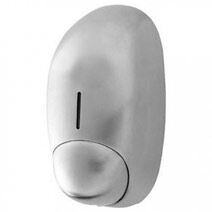

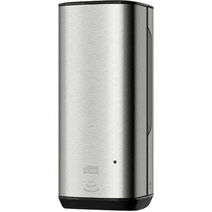
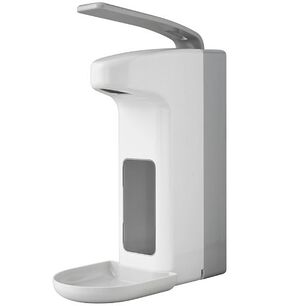

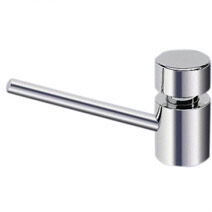
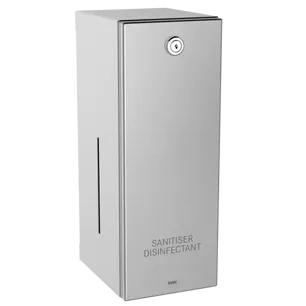

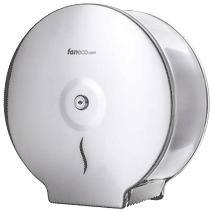

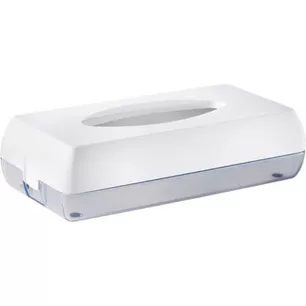
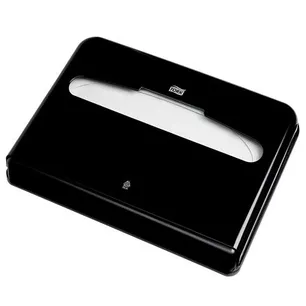
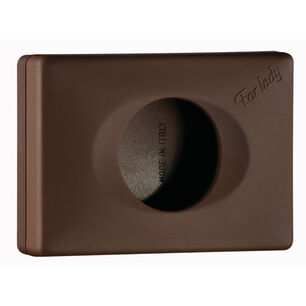
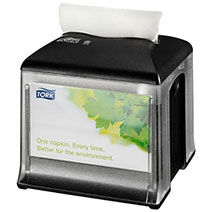

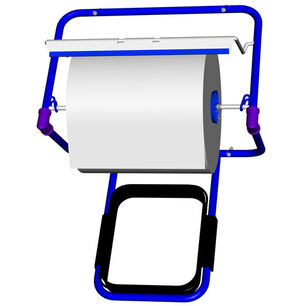
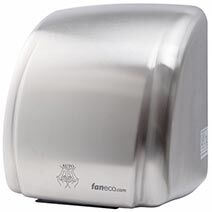
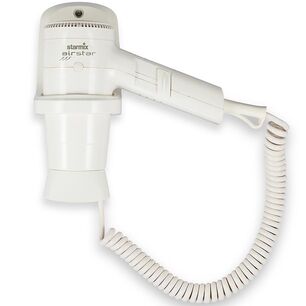
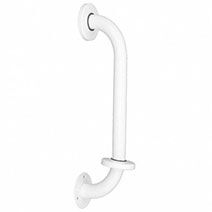
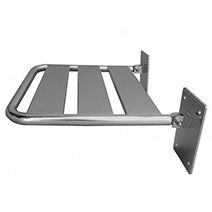
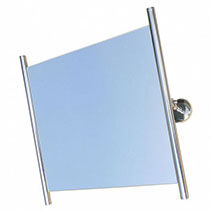
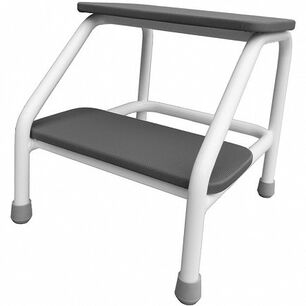
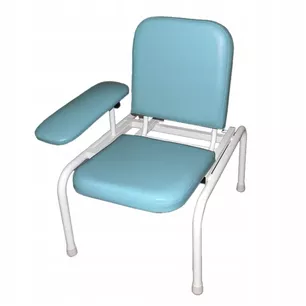




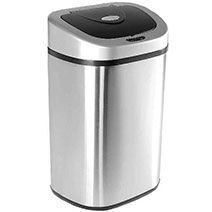
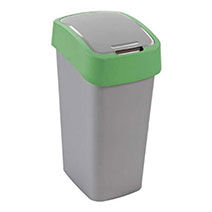
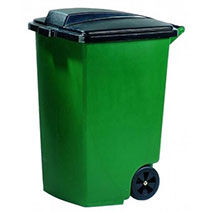


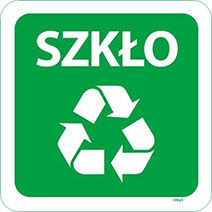

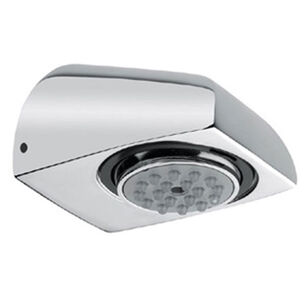
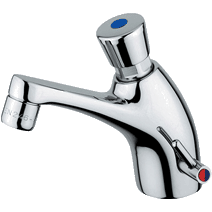
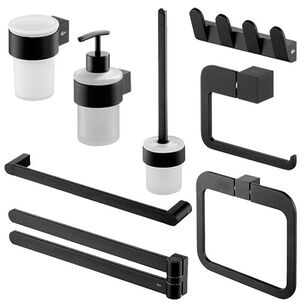
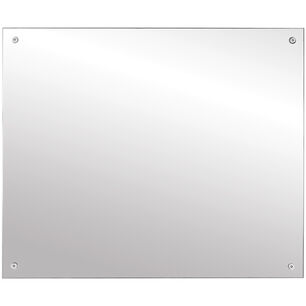
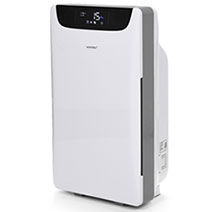


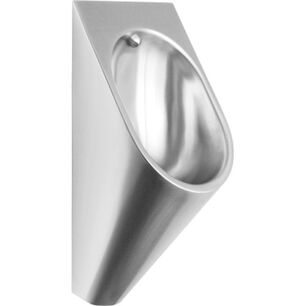
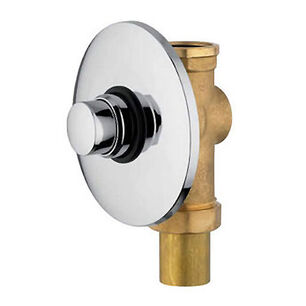
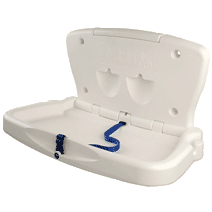
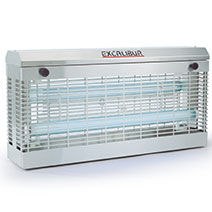

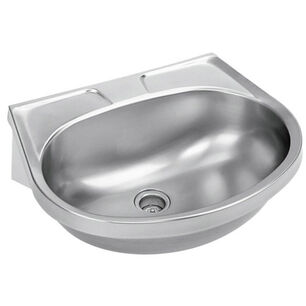
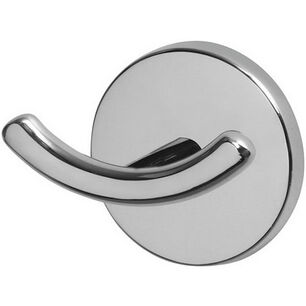
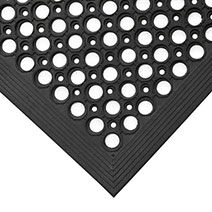
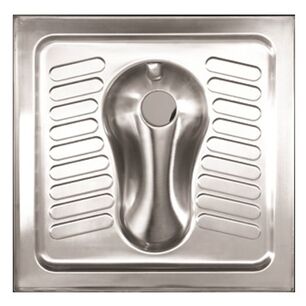

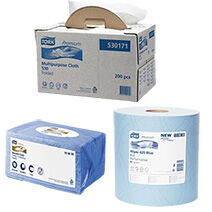



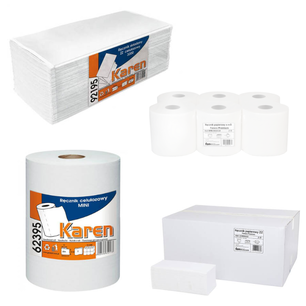
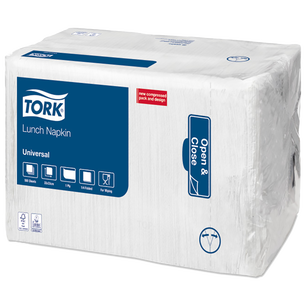
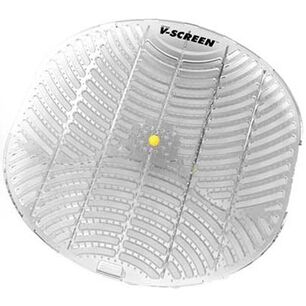

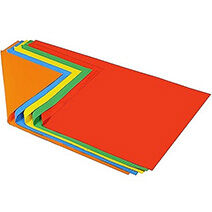
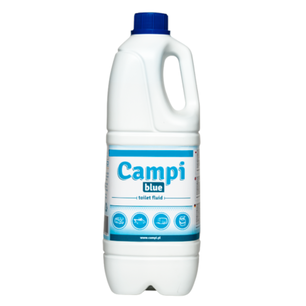
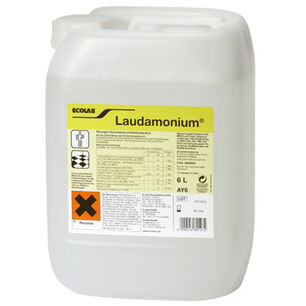

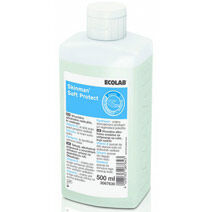
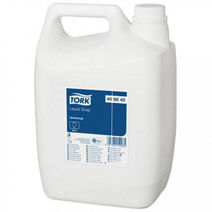
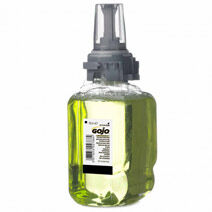

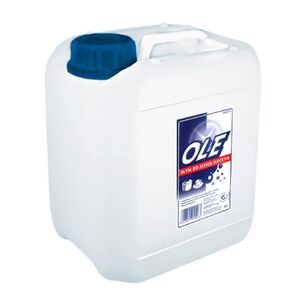

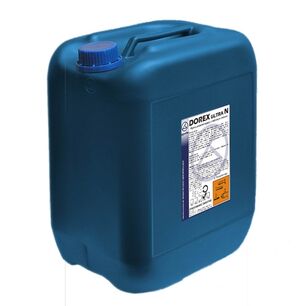

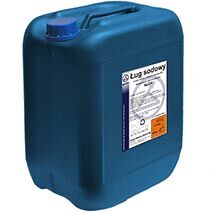

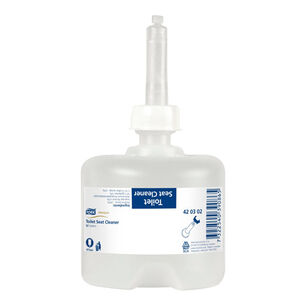
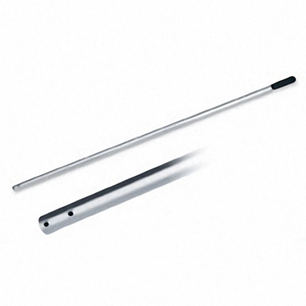
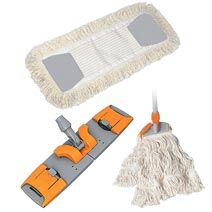

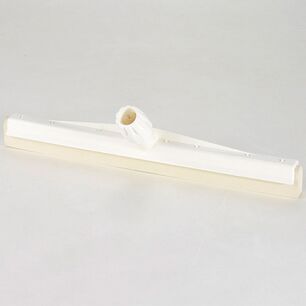

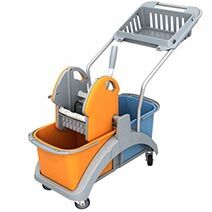


 Polski
Polski
 Czech
Czech
 German
German
 Spanish
Spanish
 Slovak
Slovak